In the first of a three-part series exploring rail’s history and development alongside rival transport modes, Christian Wolmar looks at what happened to canal.
Both the canals and the railways were revolutionary, innovative methods of transport that were instrumental in creating the modern world.
In the first of a three-part series exploring rail’s history and development alongside rival transport modes, Christian Wolmar looks at what happened to canal.
Both the canals and the railways were revolutionary, innovative methods of transport that were instrumental in creating the modern world.
It is no coincidence that both first established themselves in a small corner of north-west England that was the cradle of the Industrial Revolution, as the cheaper transport they each (in turn) provided was a great stimulus for local industry.
The key events were, respectively, the building of the Bridgewater Canal and the opening of the Liverpool and Manchester Railway, separated by seven decades which could be characterised as the ‘Canal Age’.
Both had predecessors which had helped the development of these innovations, but which were not the crucial catalyst for their spread.
The Stockton & Darlington Railway, opened in 1825, represented the consolidation of existing railway technology, but bore most of the characteristics of the old waggonways rather than a modern railway line.
The Liverpool and Manchester Railway, which was steam-driven and double-tracked throughout, was the world’s first modern railway. And its inherent advantages, technical and economic, ensured it would see off the canals. But not without a battle.
Before the construction of the Bridgewater Canal, there had been the construction of various short canals and waterway improvements, such as the Sankey canal which opened in 1757, stimulating the chemicals industry around Widnes.
However, it was the impressive Bridgewater Canal (for which the first section opened in 1761) that was the game changer and which would stimulate the rapid spread of this technology.
Francis Egerton, the third Duke of Bridgewater, built the 40-mile-long Bridgewater Canal (connecting Manchester, Runcorn and Leigh), essentially to move the coal from his mines far more cheaply than could be done by pack horses on the terrible roads.
He had observed first-hand the success and impact of the Canal du Midi in southern France, which linked the Mediterranean with the Atlantic, creating a crucial trade route.
And he had the foresight to employ the great canal engineer of his day, Joseph Brindley, who made several brave and innovative decisions - notably building a viaduct over the River Irwell rather than trying to circumvent it, which was seen as one of the great engineering feats of the 18th century.
The length of the canal, its efficient operation, and its brilliant engineering combined to convince the public (and, crucially investors) of the potential of this technology.
And in the last decade of the 18th century, Britain embarked on a canal mania which swept through Britain and later spread to the United States and elsewhere.
As with the railways, the canals had also faced opposition, in particular from the turnpike trusts which had previously had a monopoly over overland transport.
But the advantages over the older technology were both practical and economic. Canals offered a smoother and steadier journey than on the badly-maintained roads. And they were far more economic, since the loads could be far greater for the amount of man and horse power needed.
The immediate success of the Bridgewater Canal was precisely the stimulus that this technology needed. Its engineering marvels attracted tourists, while its economics attracted investors for other canal schemes - the canal reduced the cost of coal by two-thirds within a year of its opening.
The result was that by 1820, there were just over 100 canals across the UK with a total length of 2,600 miles - meaning that most parts of the country were within ten miles of a navigable waterway, whether natural or man-made.
Adam Smith was a great enthusiast, and pointed out that they were a gamechanger. He wrote in his 1776 book The Wealth of Nations: “Good roads, canals and navigable rivers, by diminishing the expense of carriage, put the remote parts of the country more nearly upon a level with those in the neighbourhood of the town…”.
He would obviously have liked railways, too.
While the canals had distinct advantages over road travel (a horse could pull ten times more weight in barge than it could carry on its back), they suffered from a lack of cohesion and were, by their nature, essentially local.
There was no grand plan to create a national, inter-connected network. They lacked, as Stuart Hylton notes in his book The Grand Experiment, a “George Hudson figure”, who would force through amalgamations and joint payment arrangements that would facilitate long-distance transport.
While some canals, given the high cost of construction, never made a profit or paid a dividend, others flourished and exploited their local monopoly position to good effect.
Therefore, the canal owners fought against plans to build rival railway lines - and none more so than the owners of the Bridgewater Canal.
It was quite a battle. William James, the original surveyor of the Liverpool and Manchester Railway, came under attack from men organised by Robert Bradshaw, the ruthless manager who had been given control of the Bridgewater Canal by the old Duke.
James lived in fear of being lynched, and hired a local man as a bodyguard while touring the potential route.
Bradshaw used not only violence, he also lobbied hard both locally and in Parliament against the proposed railway.
However, he lost out, as other local business interests whom he had alienated by his efforts to squeeze every penny of profit from the canal, supported the construction of the railway.
The canal, which had at times delivered a fantastic 40% rate of return for the Duke, was forced to cut its rates by a third but nevertheless remained profitable for many years.
It should not be forgotten that canals did not just transport freight, they also enjoyed widespread passenger traffic.
As late as the 1830s, Scottish canals and rivers alone were carrying 800,000 people per year. And with many investors uncertain whether the technology of railways would endure, according to Nicholas Faith in The World the Railways Made, “more miles of canals than railways were built between 1830 and 1840”.
Ultimately, though, the cause was always going to be lost given the advantages of speed and cost enjoyed by the railways.
Canals also suffered from their lack of cohesion. The failure to create a network and associations that would have allowed long-distance travel undermined their profitability and competitiveness.
For example, even as late as 1913, there were three canal routes between London and Liverpool, all of which involved paying separate tolls to nine or ten different owners.
But the canals did not disappear overnight, and many remained in use profitably for the rest of the 19th century.
By the 1850s, they still retained about a third of their peak total of tonnage carried, and responding to railway competition by cutting prices allowed some canals to maintain profitability.
They became largely a kind of ‘mom and pop’ operation, run by families who often lived on the canal they operated. They found niche markets which the railways (which had bought out many of the larger canals) had either failed to find, or which were too small for them to bother with.
This ownership pattern, dominated by railways and small businesses, explains why (unlike their European counterparts) they did not modernise through widening, and consequently largely fell into disuse in the 20th century because they could only be used by narrowboats which were so uneconomic.
There is some irony in the fact that both canals and railways were nationalised in 1948. The railways ultimately won, but thankfully while many canals have been built over, others survive and flourish today as wildlife sanctuaries for walkers and boat users prepared to take the slow route.
Login to continue reading
Or register with RAIL to keep up-to-date with the latest news, insight and opinion.

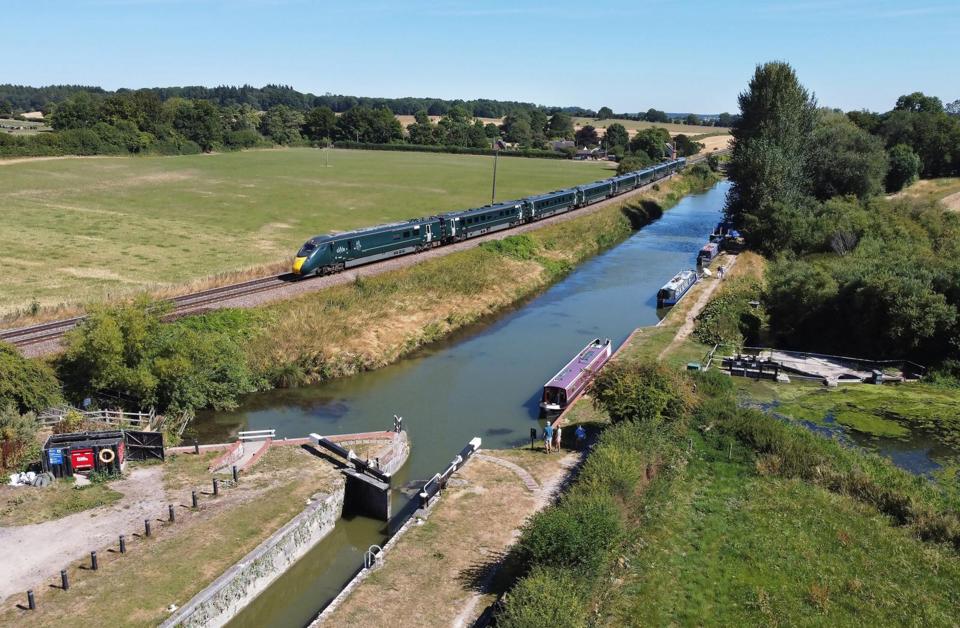

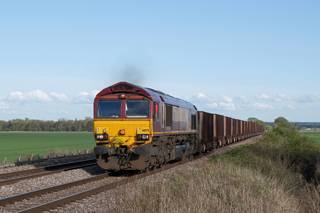
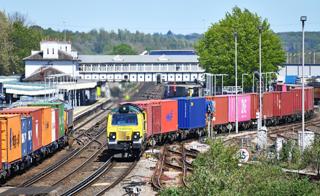
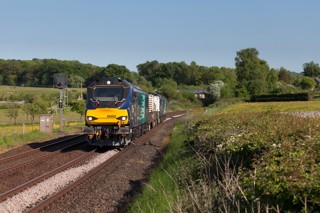
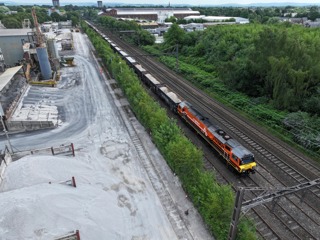










Login to comment
Comments
No comments have been made yet.